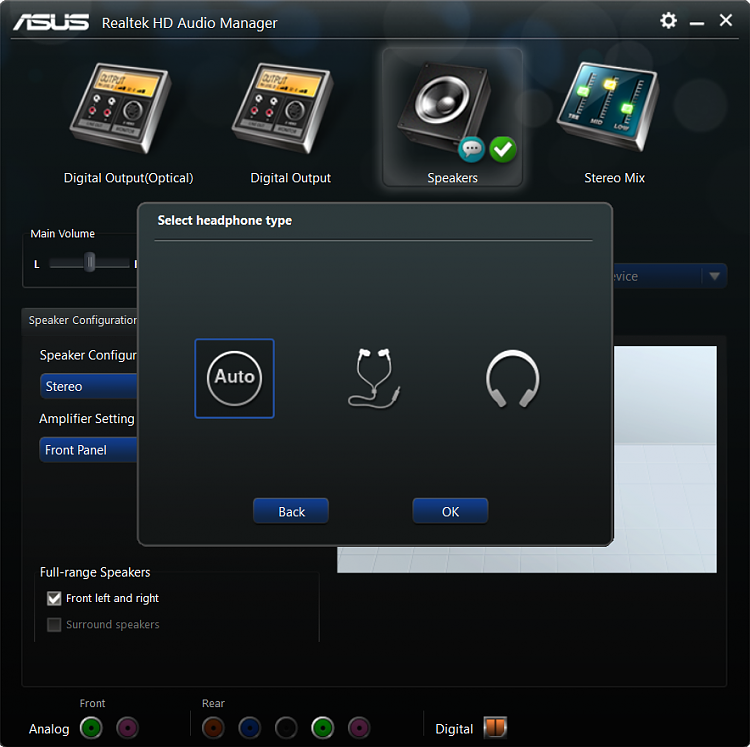
- #ENABLE HIBERNATE WINDOWS 10 INSTALL#
- #ENABLE HIBERNATE WINDOWS 10 PRO#
- #ENABLE HIBERNATE WINDOWS 10 PC#
Select Choose what the power button does, and then select Change settings that are currently unavailable.For Windows 7, click the Start button, click Control Panel, click System and Security, and then click Power Options.

For Windows 8.1 / Windows RT 8.1, swipe in from the edge of the screen, tap Search (or if you're using a mouse, point to the upper-right corner of the screen, move the mouse pointer down, and then click Search), enter Power options in the search box, and then tap or click Power options.For Windows 10, select Start, then select Settings > System > Power & sleep > Additional power settings.
#ENABLE HIBERNATE WINDOWS 10 INSTALL#
Run the Enable Hibernate application from Software Center:Ĭlick the following link to install the Enable Hibernation App on UWM computers: Install Applications, Printers, and Updates using Software Center on Windows 10 To hibernate your PC:
#ENABLE HIBERNATE WINDOWS 10 PC#
First check to see if this option is available on your PC and if it is, turn it on. Use hibernation when you know that you won't use your laptop or tablet for an extended period and won't have an opportunity to charge the battery during that time. Hibernate uses less power than sleep and when you start up the PC again, you're back to where you left off (though not as fast as sleep). It is not available for Desktop computers. It does not store any personal data.This option was designed for laptops and tablets. The cookie is set by the GDPR Cookie Consent plugin and is used to store whether or not user has consented to the use of cookies. The cookie is used to store the user consent for the cookies in the category "Performance". This cookie is set by GDPR Cookie Consent plugin. The cookie is used to store the user consent for the cookies in the category "Other. The cookies is used to store the user consent for the cookies in the category "Necessary". The cookie is set by GDPR cookie consent to record the user consent for the cookies in the category "Functional". The cookie is used to store the user consent for the cookies in the category "Analytics". These cookies ensure basic functionalities and security features of the website, anonymously. Necessary cookies are absolutely essential for the website to function properly. To enable or disable hibernate you can use the following options by using PowerShell or the Command Prompt as administrator.
#ENABLE HIBERNATE WINDOWS 10 PRO#
(Source Microsoft Support) Enable or Disable Hibernate on the Surface Pro X Use hibernation when you know that you won’t use your laptop or tablet for an extended period and won’t have an opportunity to charge the battery during that time. Hibernate uses less power than sleep and when you start up the PC again, you’re back to where you left off (though not as fast as sleep). This option was designed for laptops and might not be available for all PCs. Use sleep when you’re going to be away from your PC for just a little while-like when you’re taking a coffee break.

You don’t have to worry that you’ll lose your work because of your battery draining, because Windows automatically saves all your work and turns off the PC if the battery is too low. Sleep uses very little power, your PC starts up faster, and you’re instantly back to where you left off. There are different ways of handling your PC when you are not using it, you can turn your PC off completely by shutting it down, make it sleep, or you can hibernate your PC. Shut down, sleep, or hibernate your PC and the Surface Pro X To understand the differences between shut down, sleep, or hibernate, you can check out the following Microsoft support article. The reason why I want to disable hibernate is that I can take advantage of the always-on capabilities for a much longer period of time. Since I really like this device and the always-on feature, I just quickly want to share how you can enable or disable hibernate on the Surface Pro X. The Surface Surface Pro X also runs Windows 10 on ARM, which allows you to run ARM64 and emulated x86 (32-bit) apps. The Surface Pro X is one of the latest Microsoft Surface devices, and instead of coming with an Intel or AMD x86 processor, it comes with a custom Qualcomm ARM CPU, called the Microsoft SQ1. I am sure you have seen that I am the proud owner of a Surface Pro X.


 0 kommentar(er)
0 kommentar(er)
